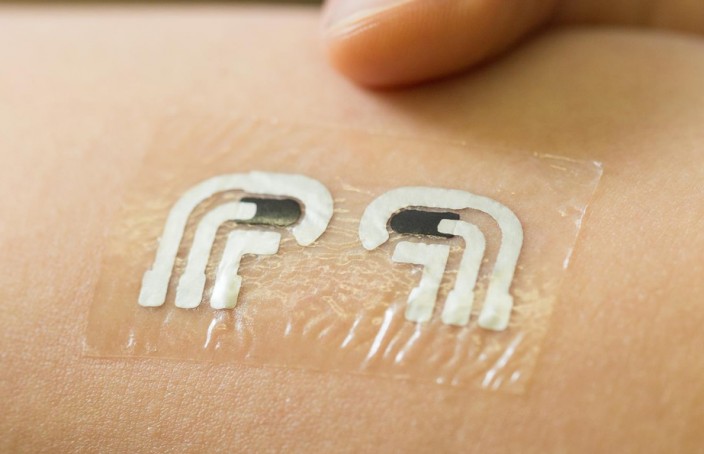Testing blood glucose levels is a daily, painful chore for people with diabetes, which involves pricking a part of your body with a needle, most often a finger.
For type 1 diabetics, testing is a necessity to monitor levels. Glucose consumption or insulin injections could be dangerous without knowledge of your blood sugar at the time.
Testing with type 2 diabetes is starting to become more prevalent in the UK, especially with developments like the Type 2 Testing Program. Blood glucose testing is available to all people with type 2 diabetes, but it must meet an individual need, such as being on medication like insulin or sulphonylureas when it’s necessary to check for low blood sugar.
There are some particularly exciting developments occurring, however, which have the potential to alleviate the pain of blood testing. We take a look at some of the wackiest developments being investigated and how far away they are from being made commercially available.
Diabetic tattoo
Earlier this month, a diabetic tattoo developed by the University of California, San Diego, US, made headlines for its non-invasive way of testing blood glucose levels.
While it’s not exactly a tattoo – it’s a flexible patch that resembles a tattoo – the device involves a mild electrical current being applied to the skin.
A sensor built into the tattoo measures how strong an electrical charge is produced by glucose, with glucose levels then extracted and measured in the fluid between skin cells.
Glucose levels can be continually assessed by someone with diabetes, with researchers now working on extending the life on the sensor. Researchers believe the tattoo could be purchasable within a few years.
Google’s smart lens
Wearable technology in the form of Google’s smart lens prototype is designed to measure glucose levels in the tears of a user, with information relayed wirelessly to an electronic device.
Blood glucose levels can be monitored, but the smart lens, set to be developed by Novartis, is also designed to restore the ability of the eye to focus.
The smart lens prototype can “generate a reading once per second”, according to Google, while Novartis’ chief executive, Joe Jimenez, has reportedly stated that the Google smart lens will not be on the market for at least five years.
Analysing saliva
Checking blood sugar levels with saliva is an concept that has been around for a few years now.
One of the most exciting products in this field is the iQuickIt Saliva Analyzer from American health start-up Quick LLC. Upon placing a strip (known as a Draw Wick) into your mouth for a few seconds, a small saliva sample will be obtained which can be placed into the device to read your glucose level.
The initial research into the iQuickIt meter is “comparable” to the accuracy of blood glucose meters, according to one of the brains behind the concept, Dr. Ron Clark.
The research team at Quick LLC are trying to raise money for further development across clinical trials, with no scheduled release date currently in place.
Which technology developments are you most excited for to treat diabetes? Which ones do you think are most likely to be released?



